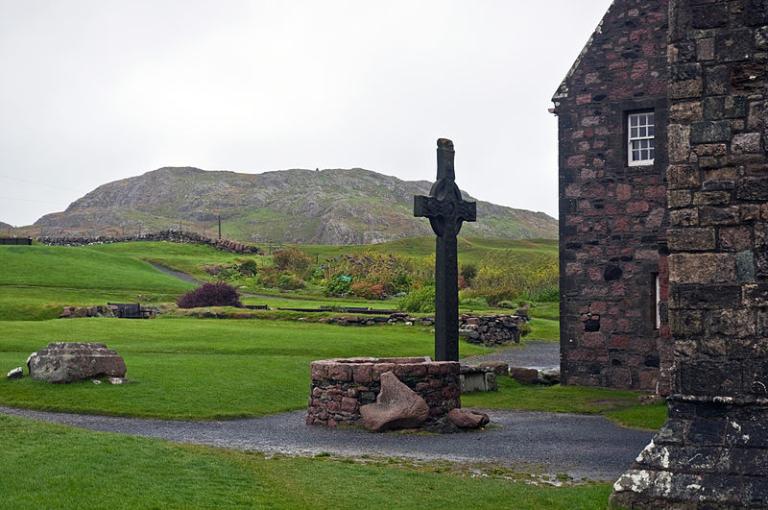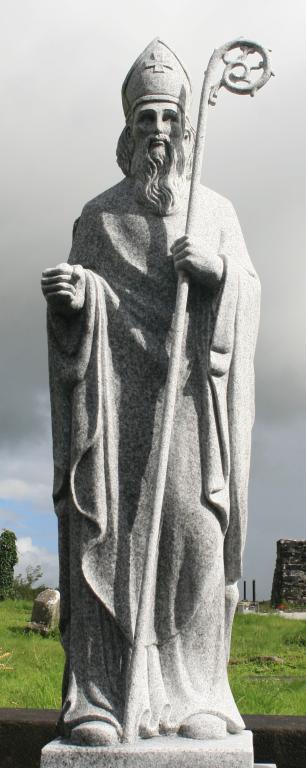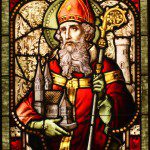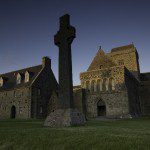
St. Patrick’s Day is just around the corner. So in anticipation of that marvelous rite of spring, the Holy Rover is going to be celebrating Celtic Christianity over the next few posts.
Let me begin by saying that if I had to choose just one flavor of faith from the spiritual buffet line, Celtic Christianity is the one I’d pick.
It’s ironic that in the British Isles today, Christianity—while not completely dead—is certainly pale and wan. Its current state is in sharp contrast to the important role the region played in the early years of the church.
After the collapse of the Roman Empire, Christianity flourished in the parts of Britain where Celtic peoples lived. Monasteries became centers for learning and spirituality, beacons of civilization in an age when much of mainland Europe was devastated by invasions and war (for an entertaining history of this era, read Thomas Cahill’s How the Irish Saved Civilization).

Ireland in particular experienced a period of extraordinary cultural, artistic, and religious growth. Living on the edge of the known world and spared Roman invasion, Irish Christians embraced the Christianity brought to them by St. Patrick and other missionaries, forging a vibrant and creative spirituality that attracted followers from throughout Europe.
Celtic Christianity had a number of distinctive features. Its hallmarks included a deep love for nature, an emphasis on the constant presence of God, and an artistic flowering (more on that that later).
Pilgrimage was also central to Celtic Christianity, though the Celts interpreted the term in a different way than what would later become common in the church. Throughout history most Christians have typically viewed pilgrimage as a journey taken to a holy place such as Lourdes or Rome. Pilgrims would make the journey and then return to their regular lives.
In Ireland and elsewhere in Britain, a different understanding emerged. Here pilgrimage was seen as the central metaphor for what it means to be a Christian. All life is to be a journey to God. We live in perpetual exile, constantly seeking after Christ, and our outward journeys are to reflect our inner transformation.
In exiling themselves from the comforts of home, pilgrims taught themselves to rely only on God. Celtic Christians were to be hospites mundi, or guests of the world, living lightly on this earth and not becoming attached to possessions or to one location (such a lovely phrase that is—guests of the world).
The Celts had a saying for those setting out on pilgrimage: “Let your feet follow your heart until you find your place of resurrection.” This was a spot where God’s will for a pilgrim would be revealed and fulfilled. The place of resurrection need not be a famous holy site or a place far away. It could be a simple stone hut, a windswept island, or a secluded valley. Each person needed to find their own site.
I think that’s why many of us travel, whether or not we have an explicitly spiritual focus in mind. At some deep level we know that a journey, if the time and place are right, can transform us. I’ve had been very fortunate to have trips like that—-I hope you have, too.












